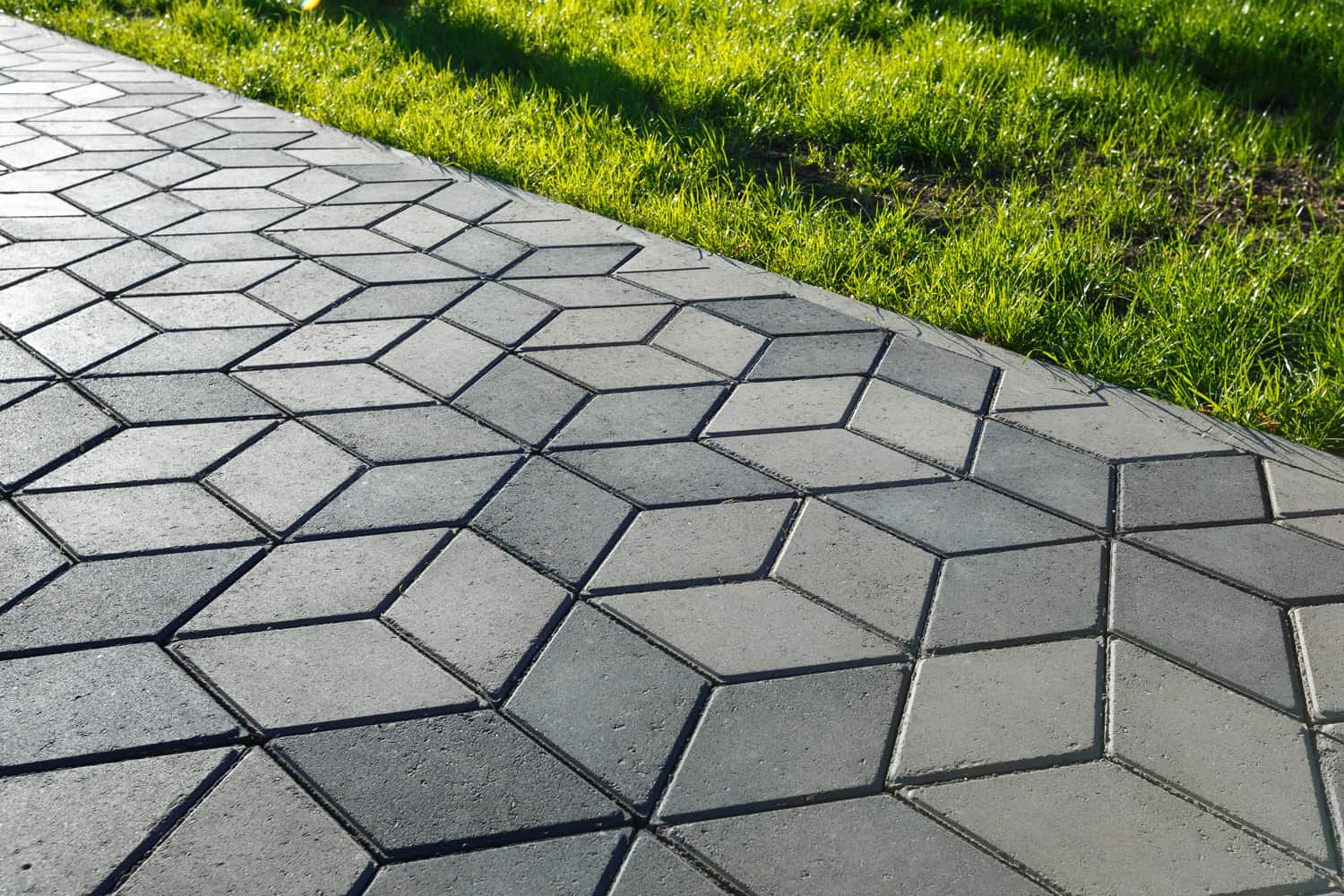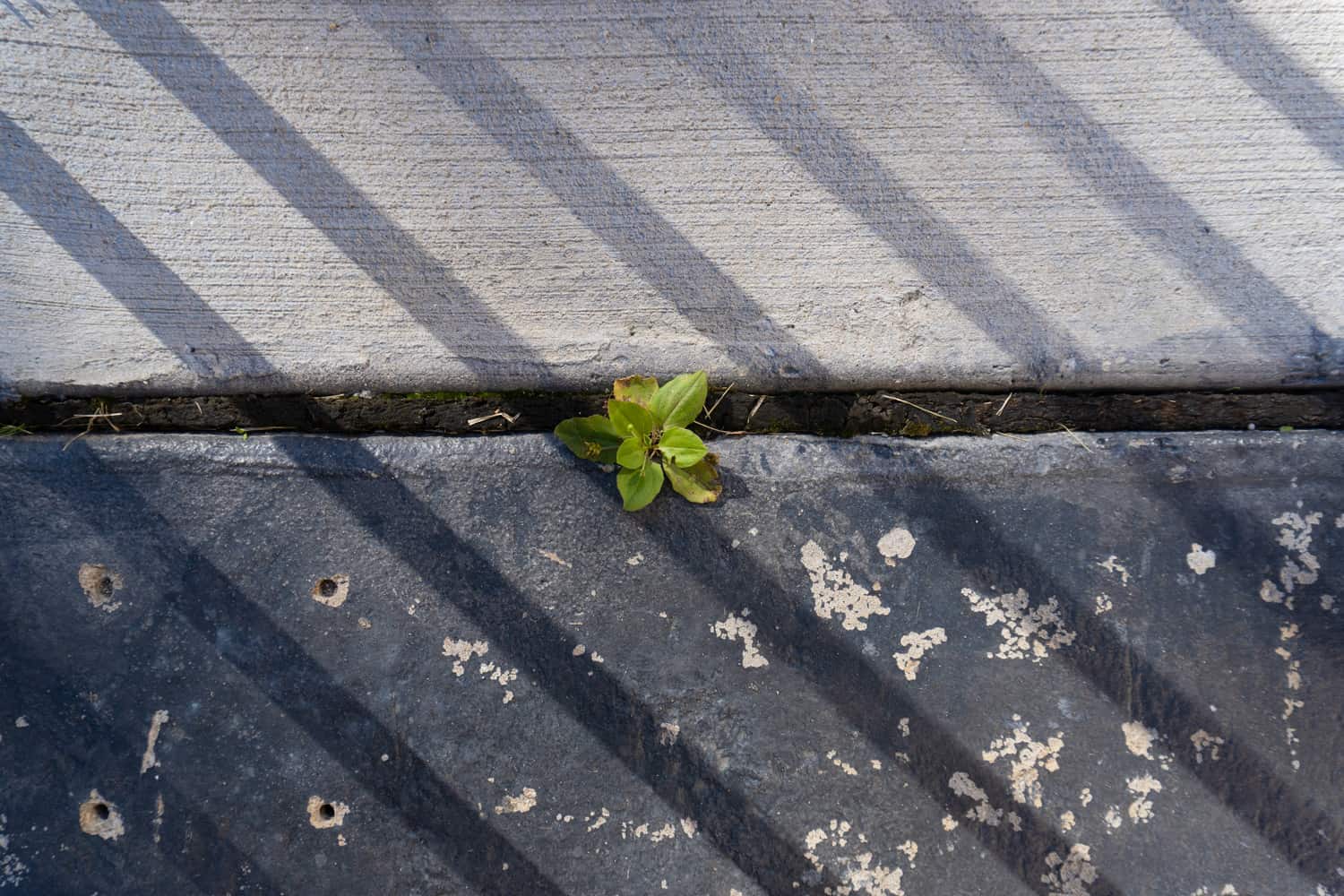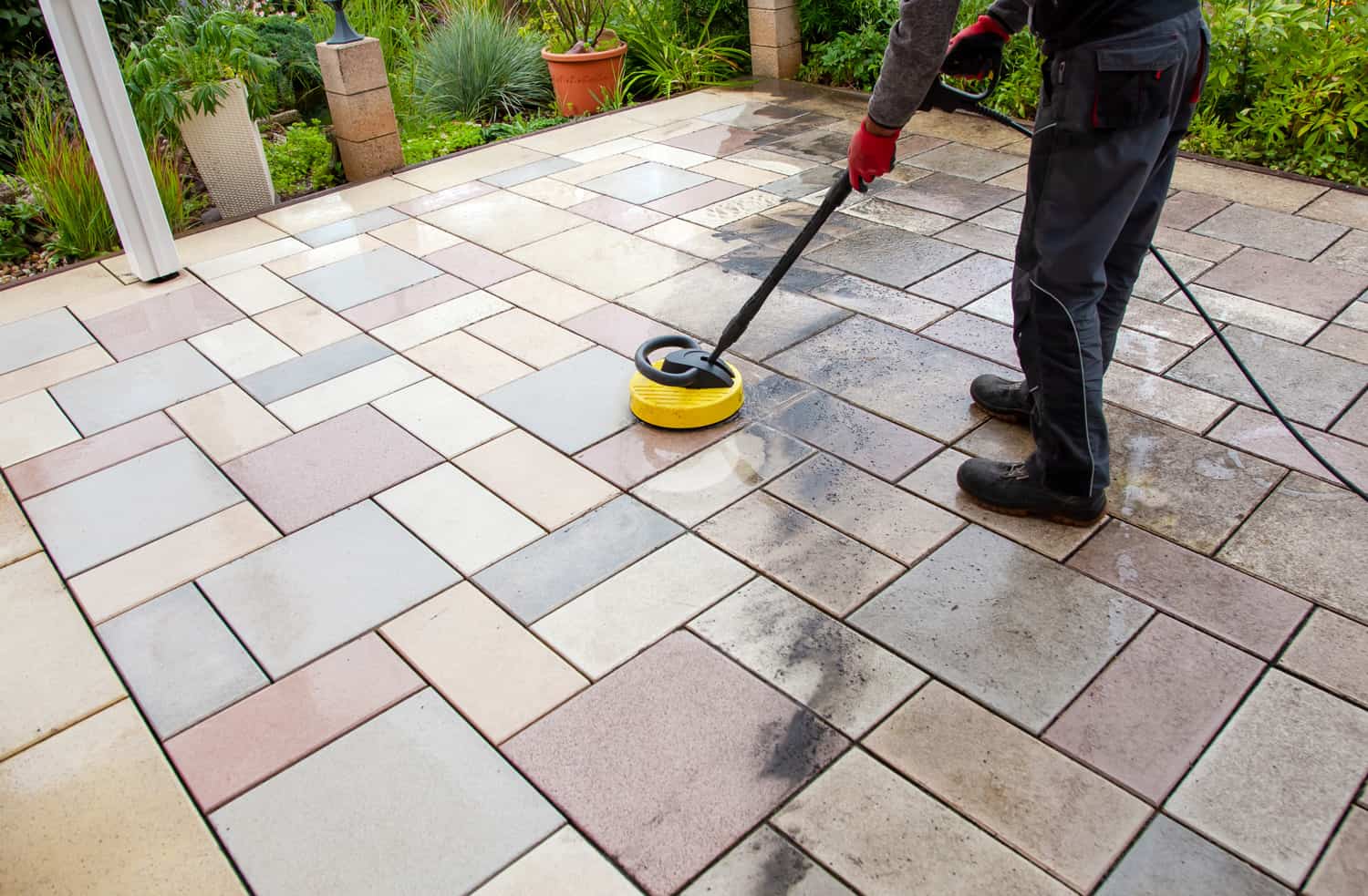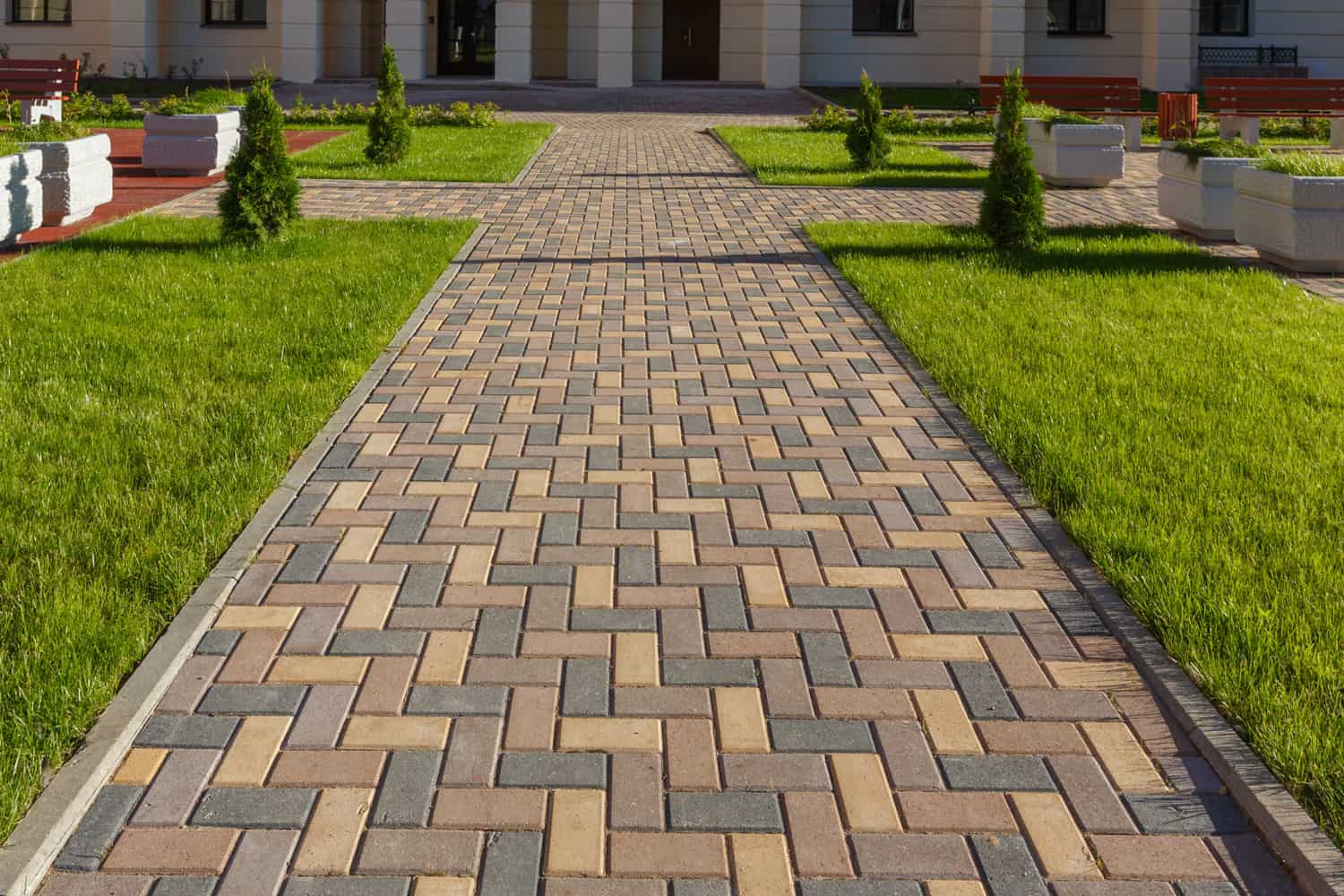Disclosure: We may get commissions for purchases made through links in this post.
Sealers are a great way to protect your paver, regardless of the material. The typical reapplication cycle should be approximately every 3-5 years since that's how long it would take for the seal to wear. However, accidents and errors happen and you may have no choice but o remove the layer of sealant to correct it. So, how can you do this? We've researched methods to remove paver sealer to get you started.
You can remove a paver sealer even after a few hours after application. An incorrectly-applied sealer will make your surface look matted and cheap, but fortunately, you can strip it away with the correct materials. To remove it using a chemical stripping:
- Generously apply a sealant remover using a pump sprayer
- Let it sit for at least three minutes to allow the stripper to break down the sealing material until it turns into liquid
- Wipe off the liquid from the surface and let water run over it to remove any excess sealant
- Continue the process until it is completely free of the sealer
You can alternatively remove the sealer mechanically, a method requiring you to physically sand and grind the sealer off.
Your paving surface thrives on regular maintenance. The right sealer should be able to withstand freeze and thaw cycles, UV rays, water vapor, accidental spills, and exposure to potentially harmful elements. If you want to learn more about sealers and paver maintenance, keep reading below!
![Perspective View Monotone Gray Brick Stone Pavement on The Ground for Street Road, Can You Remove Paver Sealer? [And How To]](https://pavingplatform.com/wp-content/uploads/2022/03/Can-You-Remove-Paver-Sealer-And-How-To.png)
How to Remove a Paver Sealer

We understand that accidents can happen while doing home landscaping projects. Sometimes, sealers need to be removed because they don't look like they will protect your paving effectively. Here are some of the ways you can remove your paver sealer.
Sealer Removal Using Chemical Stripping
You can use a chemical stripper to remove your paver's sealant. This method is the easiest and requires the least time, but you will need to be careful since these could be toxic. There are different types of chemical strippers that work better for specific sealers.
- Solvent-based strippers are the most efficient in terms of time and quantity. They work well on wet surfaces and can melt thick layers of sealers.
- Caustic strippers are made of high levels of alkaline, so it can effectively break the coating film of your paving surface. Use it on enamel paints and make sure you work with it in a temperature higher than 50oF.
- Biochemical strippers are made of natural plant material, which makes them a more eco-friendly solution. They do not harm any greenery, but they can perform weakly if your sealer is particularly strong.
- Muriatic acid is sometimes used to strip the varnish from brick and concrete. However, it can damage the surface of natural stones. It is also ineffective in melting acrylics, paints, or oil-based materials.
Sealer Removal Using Mechanical Stripping
Mechanical strippers are the safest option since you will not be exposing yourself to harmful chemicals. However, it is physically taxing. You will need to thoroughly sand and grind the surface for the coating to break completely.
It is recommended to combine mechanical stripping with chemical stripping since it will be more efficient that way.
How To Choose the Right Sealant Remover

You will need to know what type of sealer you are trying to remove before you start selecting your stripper. Some strippers work better than others, and it all depends on how they will react to the material. Here is how you can choose the right seal remover.
What Sealer Type Are You Removing?
Polyurethane and epoxy sealants are best removed by solvent-based strippers. Thinner sealers such as acrylic can be effectively melted by biochemical or caustic sealers.
If you remove a thin sealer with strong strippers, it can damage your surface so it is best to match their strengths accordingly.
What is the condition of the sealer?
Take a look at the sealer you are removing. Is it flaking or crumbly? Is it firmly stuck to the ground?
Again, you will need to match the condition to the remover. If the surface is already weak, a less aggressive seal remover like a biochemical stripper should do the job. If it is firmly stuck, use your solvent-based stripper.
Where is the location of this seal removing job?
One of the most important yet often overlooked factors of seal removal is the location. Chemical strippers can be extremely toxic when inhaled, and you need to make sure that no children or animals are running around near the perimeter.
As much as possible, you should also avoid using this around greenery. Solvent-based strippers are aggressive and can produce fumes that can kill plant life.
If the project is being done near your home, you need to ensure that you have enough ventilation. The odors can seep through your HVAC system which can be harmful to anyone residing inside.
What to use for removing floor finishes?
If you need to remove an indoor floor's finishing to get to the sealer, alcohol-based strippers can remove it efficiently. These are not strong enough as other chemical strippers and will not harm your surface.
How to Keep the Chemical Stripper Working
Remember to keep the chemical stripper active by maintaining a level of wetness around the area. This is because the stripper will stop working once it is fully evaporated, which is why you need to slow down that process.
Here are some of the things you can try to prevent it from drying up:
- Cover the area with damp or plastic sheets
- Avoid exposure to wind or sunlight
- Make sure that the cover is elevated so it does not touch the seal stripper
Why Should You Seal Your Pavers?

Though frustrating, you will eventually need to reapply your sealer after stripping. It will be worth the effort since the reapplication cycle can take years. If you want to keep the vibrancy of your paver, sealing is important as part of maintenance.
Here are the reasons why you should re-seal your pavers when it starts to wear.
Read: "How Long to Wait to Seal Pavers."
To Keep Your Investment
Elegant and classic-looking stones add considerable value to your property. However, because of regular wear and tear, they can lose their shine and end up looking plain. Since it is an investment, you should maintain its luster and vibrancy by occasionally sealing it.
This way, your landscaping will remain aesthetically pleasing, and you will not have to worry about potential damage.
To Restore its Luster
Many sealers on the market can restore the color of faded stones--especially bricks! Although faded stones and pavers have their charm, it is still more visually appealing to look at vibrant pavers especially when it is surrounded by greenery.
To Protect your Pavers

Your pavers can accumulate grime, mold, and mildew especially if it is unsealed. The grounds grow weed, and it can potentially shift and damage your pavers calling for more expensive repairs. These issues do not only ruin the look of your landscape, but they can also be dangerous.
Sealers can also protect your pavers from are accidental spills and stains. This is especially true if you host regular barbecues, or if you tend to spill oil or chemicals on your garage. These issues can easily be solved with the right sealer.
To Make it More Durable
Sealers will prevent your pavers from constant movement or potential sinking. Harmful elements such as insects and rain can disturb the stability of your pavers. Unpredictable weather conditions can also weaken your foundation, so you want a sealer than can withstand weather patterns and cycles.
High-quality sealers will be able to withstand these problems and make your paver last for a longer time.
To Help with the Drainage System
Pavers such as concrete and regular asphalt may not be effective in absorbing runoff water. Brick pavers and interlocking pavers may even suffer from water damage.
Sealing your pavers will allow for a better drainage system since it will prevent water from gathering underneath the foundations and possibly damaging your material.
To Avoid Expensive Repairs
Maintenance is key to avoiding dire consequences. You do not want your pavers to shift and suddenly redo everything from the beginning: it is all too much work! Sealers can prevent most of the potential problems you can encounter, so keep this in mind every 2-3 years.
Final Thoughts

Sealers can effectively protect your pavers and keep your outdoor space looking vibrant, but only if applied correctly. Seal strippers can do a good job of removing poorly-applied sealers, but you will need to eventually reapply them to make your pavers last for a long time.
If you enjoyed this article, check out "Do Pavers Need To Be Sealed? [And How To Tell If Yours Are Sealed]."

![Vibrant Red Paver Stone Path, Can You Spray Paver Sealer? [How To Apply It]](https://pavingplatform.com/wp-content/uploads/2022/04/Vibrant-Red-Paver-Stone-Path-600x400.jpg)
![Properly laid out red pavers for a garden, Can You Tint Paver Sealer? [And How To]](https://pavingplatform.com/wp-content/uploads/2022/04/Properly-laid-out-red-pavers-for-a-garden-600x400.jpg)
